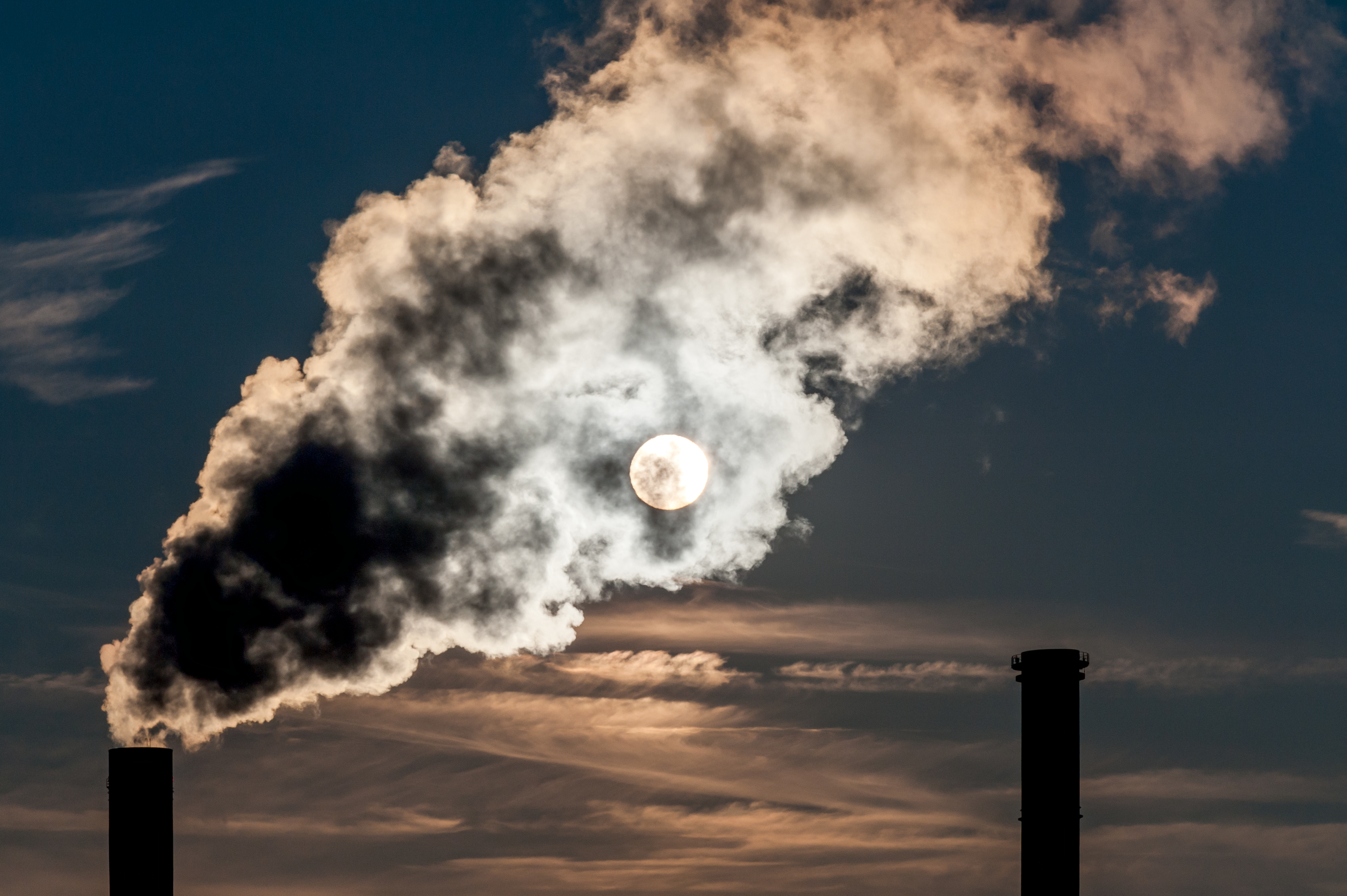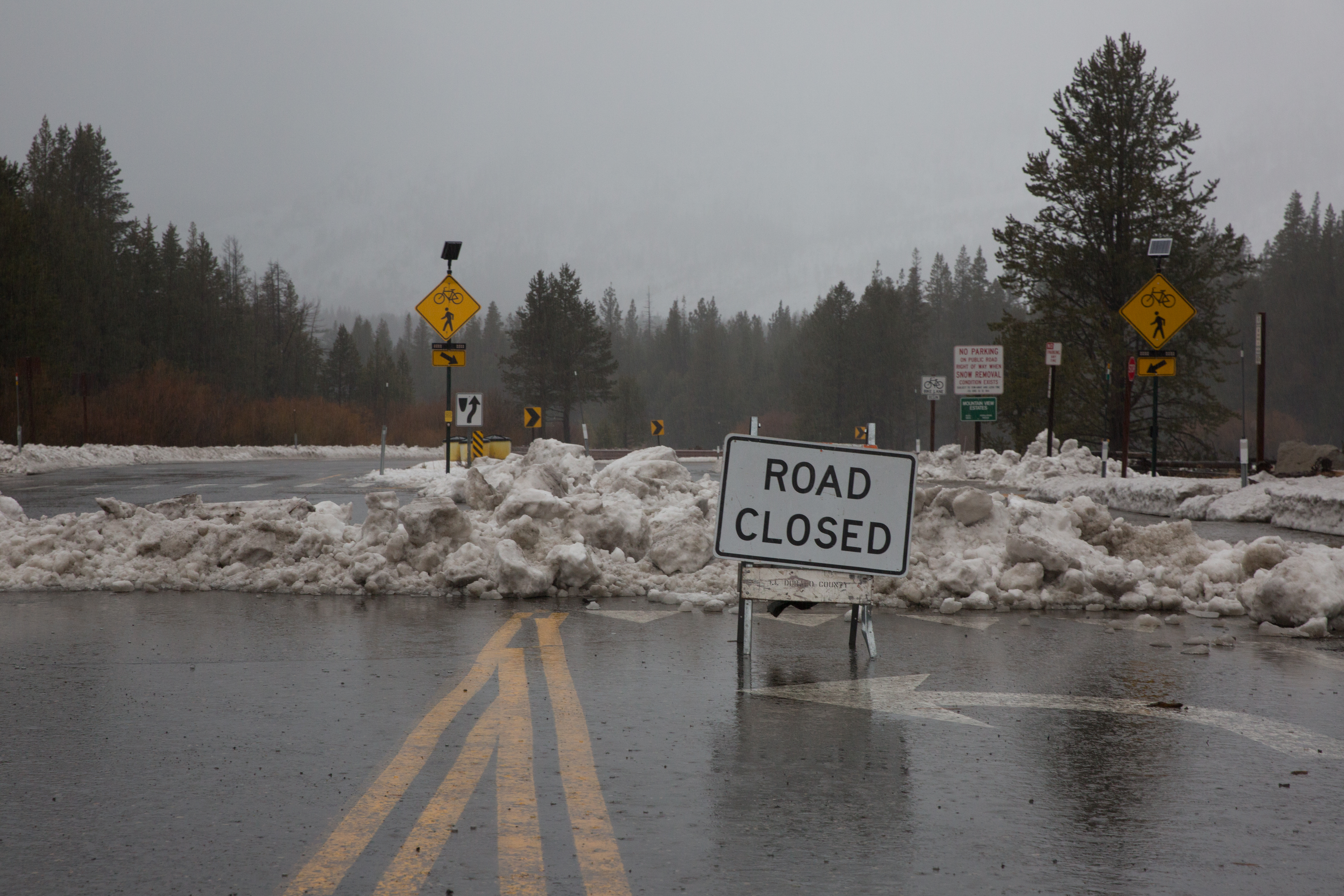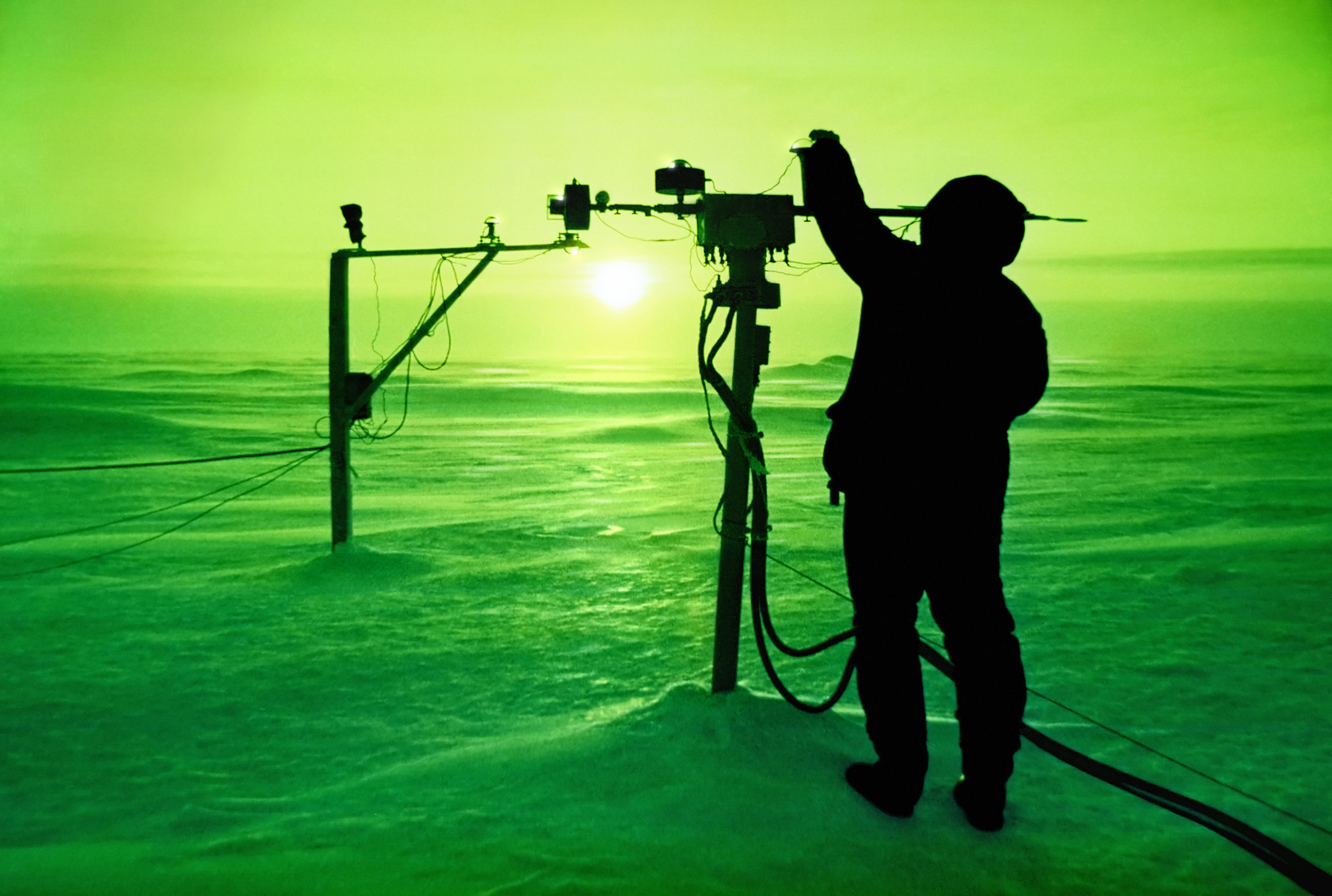The reason for that is twofold. On the one hand, there is the thermodynamic effect, which means that we have more greenhouse gases in the atmosphere because of the burning of fossil fuels. Because of these gases, the atmosphere overall gets warmer – which is currently the 1°C we’ve measured in global warming. A warmer atmosphere means that, on average, you have a higher likelihood of heatwaves occurring and a lower likelihood of cold waves occurring. At the same time, with a warmer climate, the atmosphere can hold more water vapour, which will be released back to Earth in the form of rain. As a consequence, in a warmer climate you have more extreme rainfall.
This warming effect works in combination with a second effect known as the dynamic effect. In a nutshell, because we have changed the composition of the atmosphere through greenhouse gases and more water vapour, we have also changed how the atmospheric circulation behaves. This means we’ve changed how weather systems move and where they develop.



